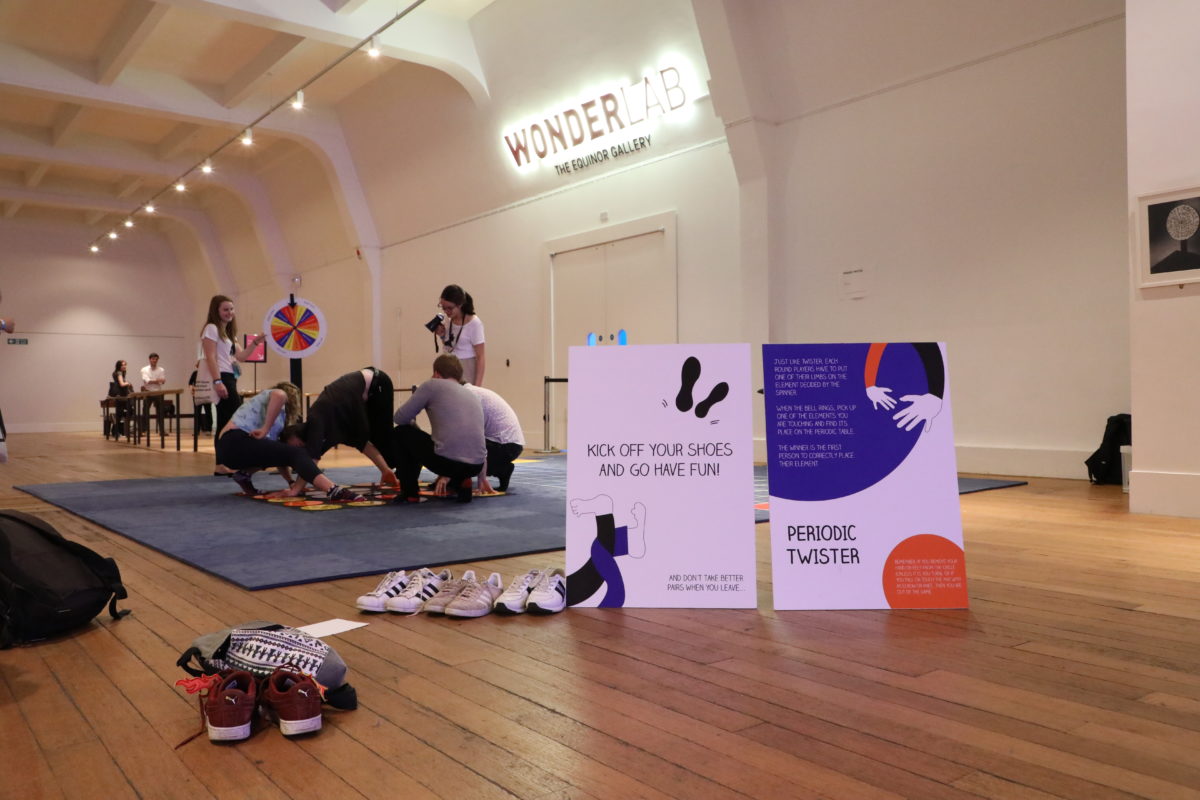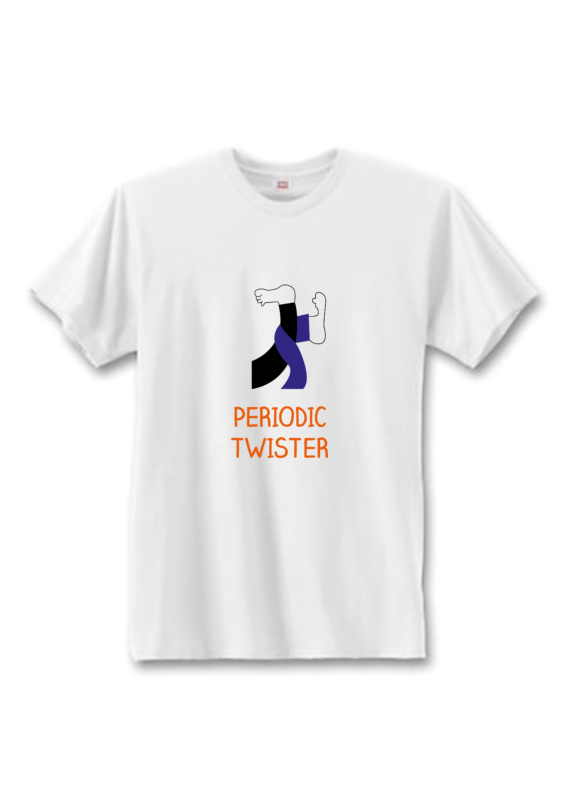Periodic Twister
Who Science Museum (London) What Interactive game What 150th anniversary of the Periodic Table When April 2019
Periodic Twister
Who Science Museum (London) What Interactive game What 150th anniversary of the Periodic Table When April 2019
‘Right hand on alkali metal. Left foot on noble gas.’ Be ready to twist around the elements and to test your chemistry knowledge.
To celebrate the 150 years of the Periodic Table, I was selected to create a piece of interactive work for the Science Museum Lates (an event that happens on the last Wednesday of every month at the Science Museum in London). The complexity of the subject matter was distilled so that the public learnt about the Periodic Table without realising it while playing Periodic Twister.
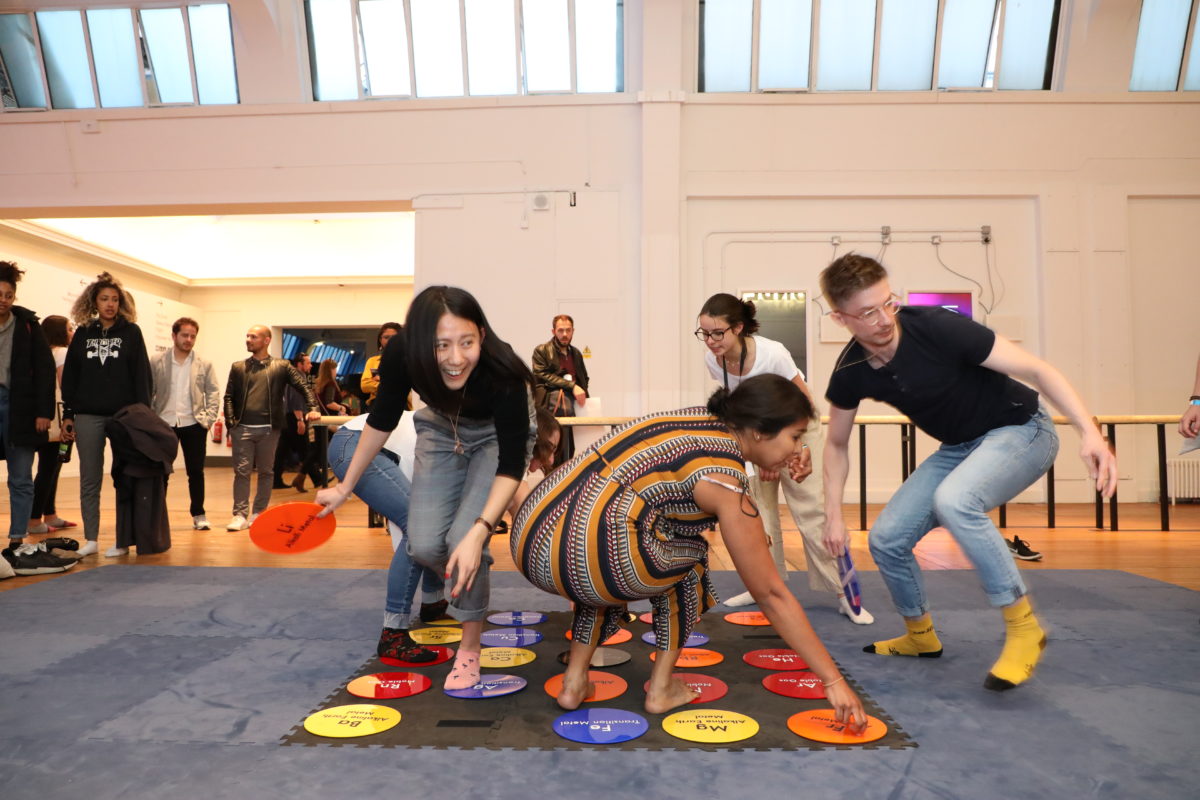
The rules
Just like Twister, each round players have to put one of their limbs on the element decided by the spinner. Remember, if you remove your hand or feet from the circle (unless it is your turn), or if you fall or touch the mat with an elbow or knee, then you are out of the game. When the bell rings, pick up one of the elements you are touching and find a place on the periodic table by sticking it on the right square of the wall. The winner is the first person to correctly place their element.
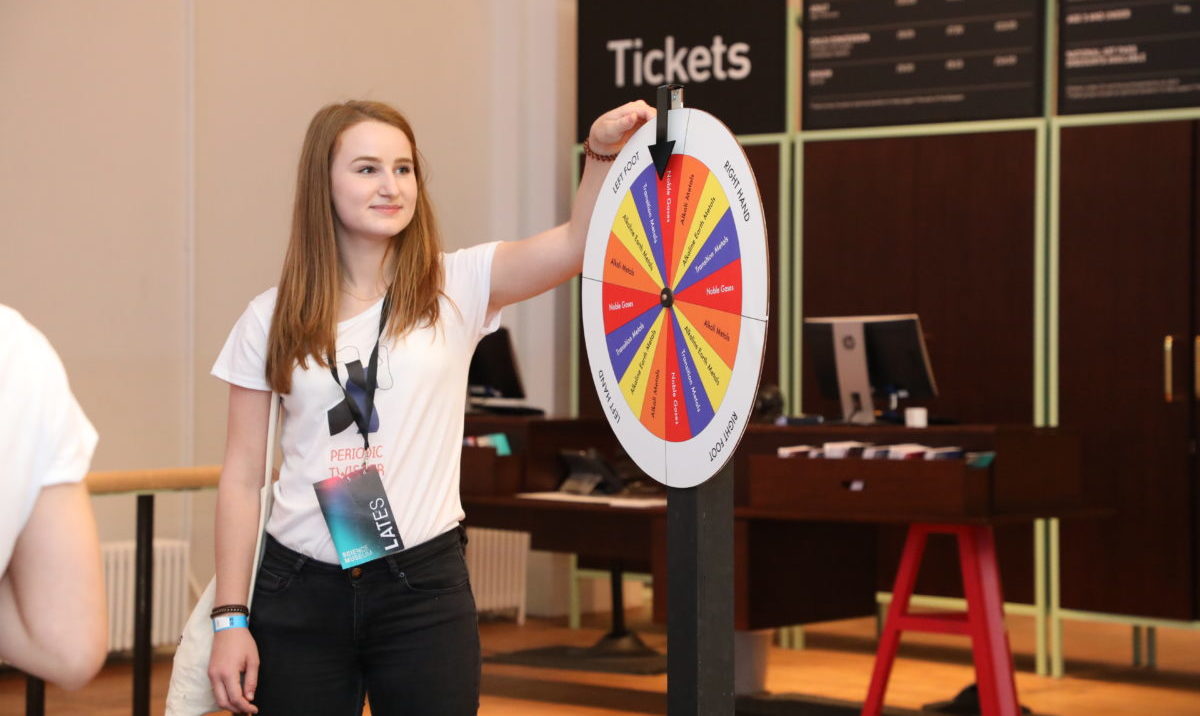
A glimpse of the process
My approach to the brief has progressed from studying endangered elements to understanding the complex chemical structure of plastics as well as digging into the process of oxidative stress.
After conducting a wide range of secondary research, I decided to go back to the fundamental essence of Mendeleev’s table, and, thus, focus on the organisation of the elements.
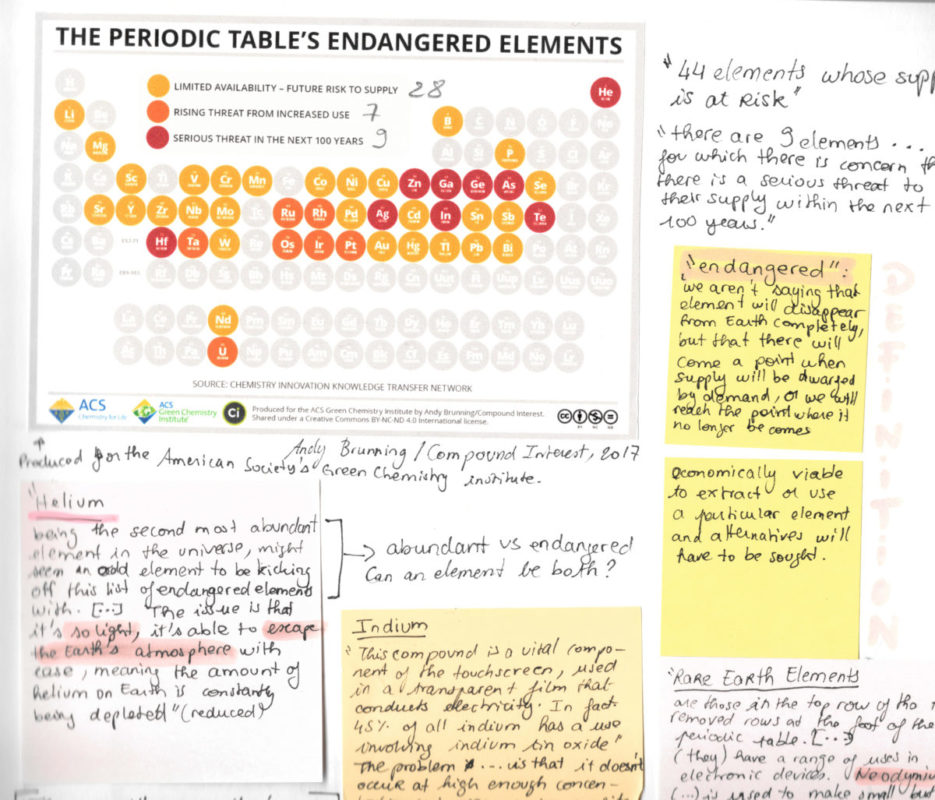
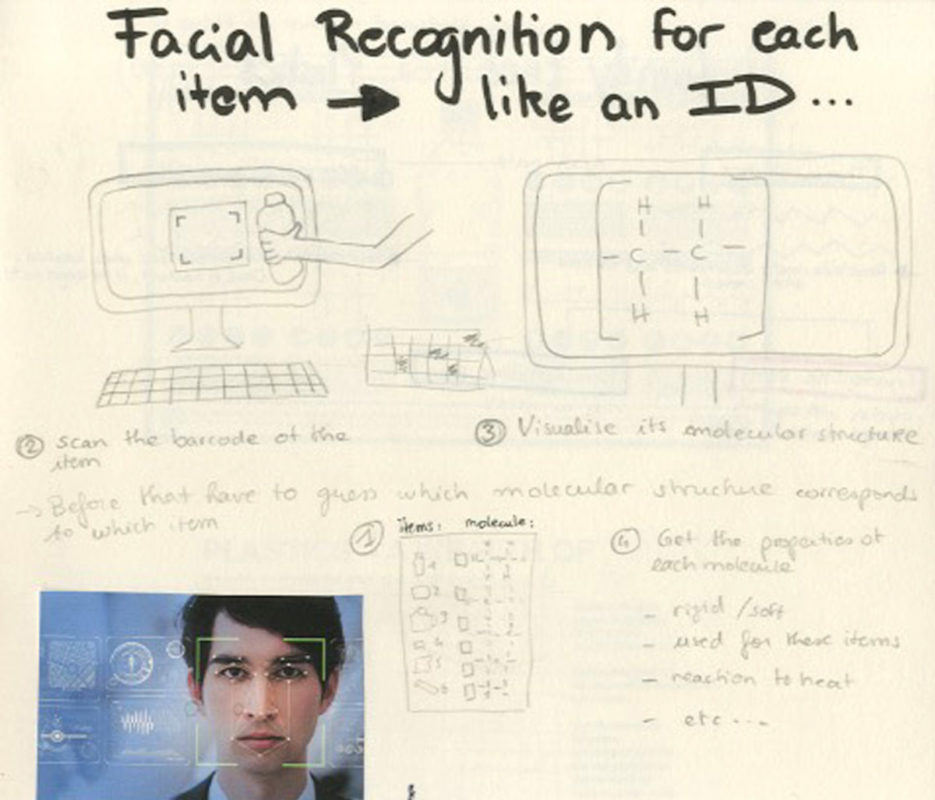
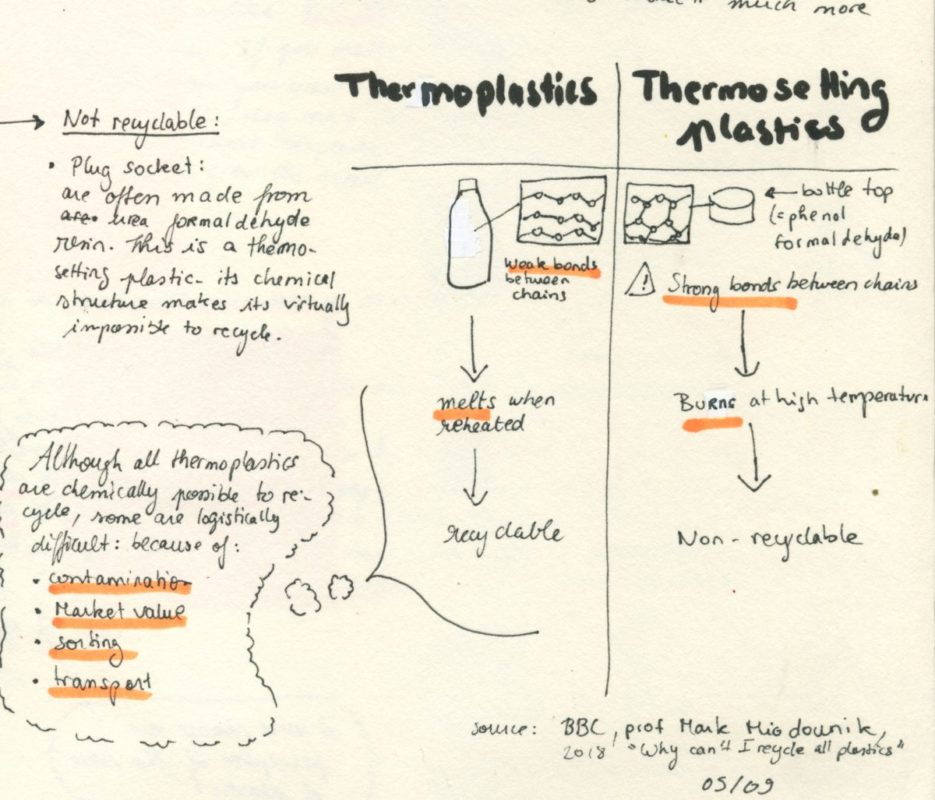
The Science Museum Lates is an over-18s event, meaning that the audience I was designing this game for were adults. The degree of difficulty was, therefore, based on adults’ knowledge so that people who did not have any chemistry basis could still participate.
The idea was first pitched to the Science Museum. After a feedback session, I started prototyping the game and tested different levels of complexity with various people, by focusing on different features of the Periodic Table. From these tests, I could then conclude which part of the Periodic Table was most interesting to focus on and improve the overall system to make the game more ludic.
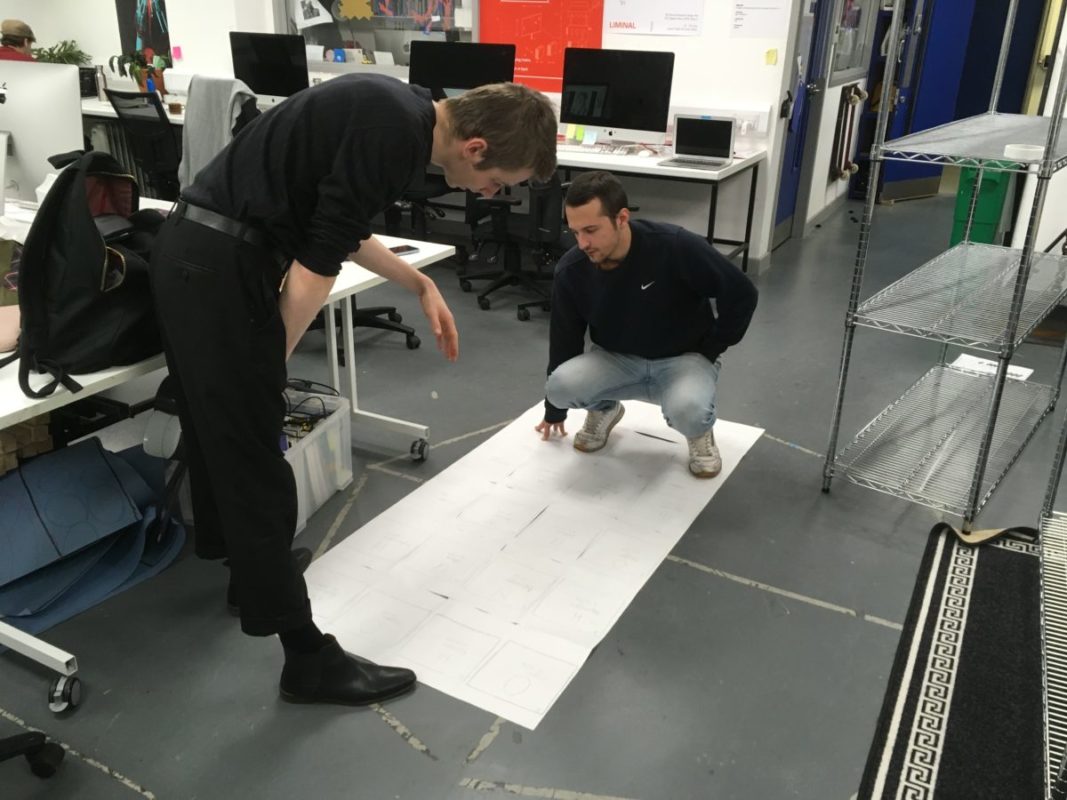
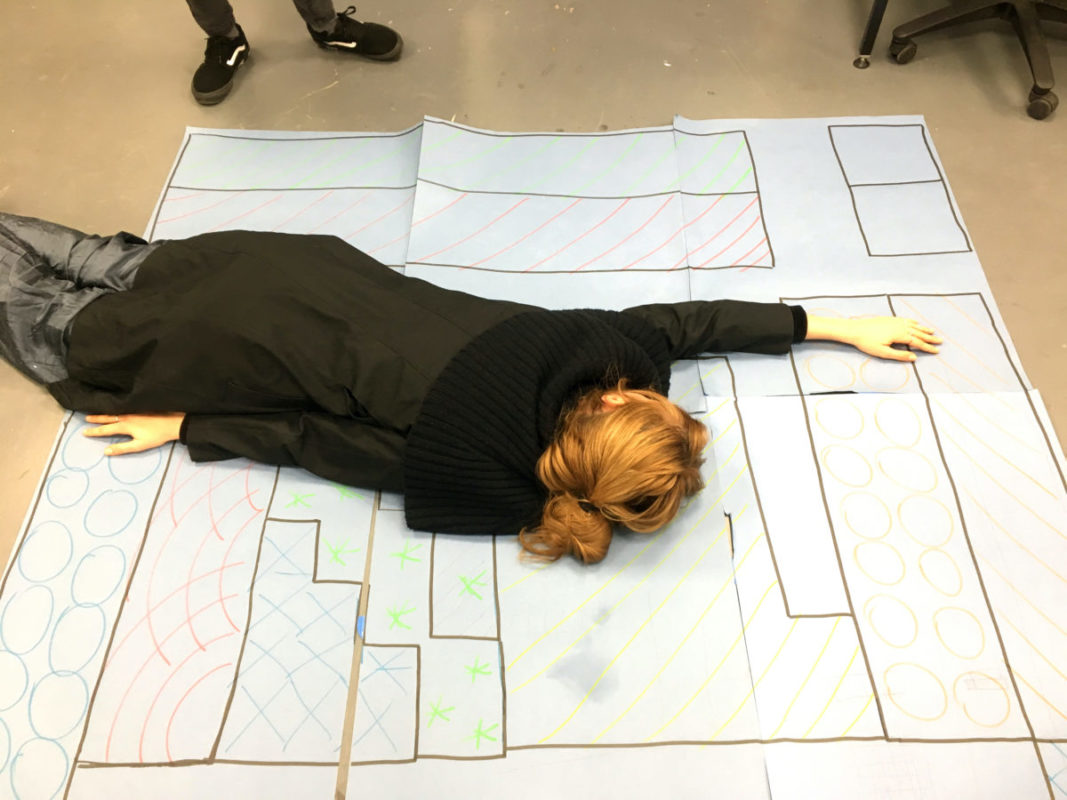
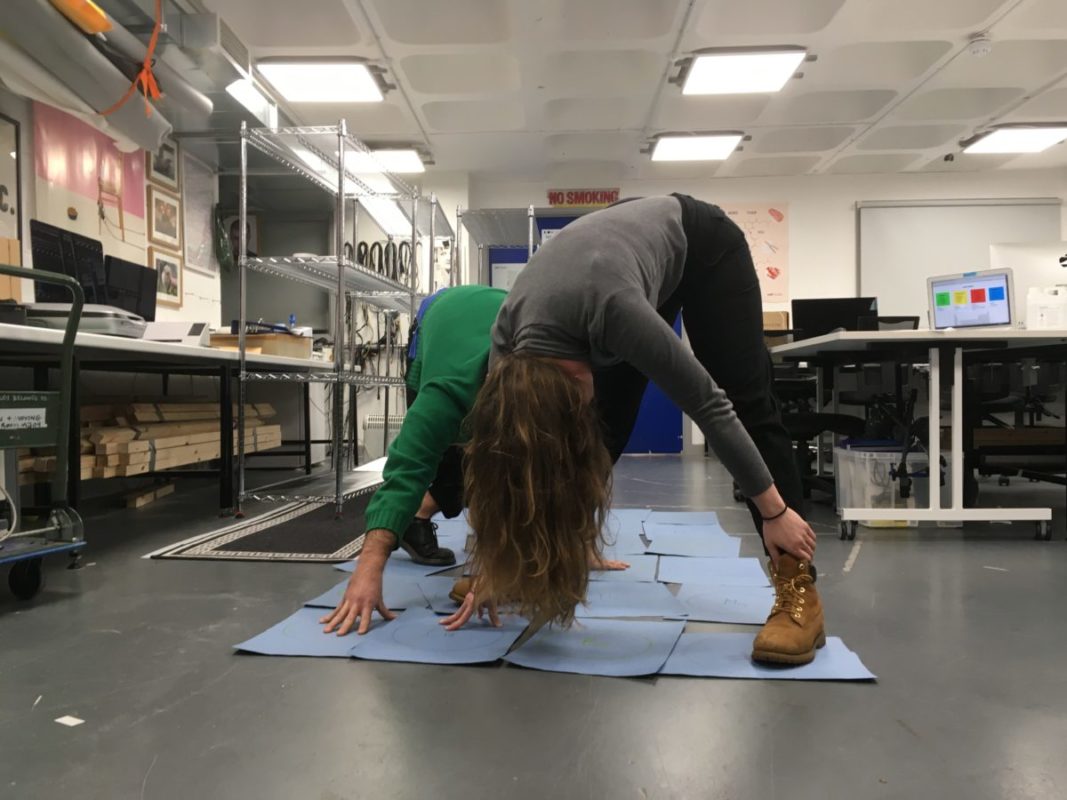
During an open event at London College of Communication, I was then invited to test an early version of the game. The testing was successful and the project got selected for the Science Museum Lates.
A few iterations on the material choices were made to ease the connection between the two parts of the game as well as to make use of the space allocated by the Science Museum. I had a limited budget supplied by the Science Museum. After estimating my overall costs, I knew that I would need more financial support. Thus, I prototyped a second version with cheaper and fewer materials. The initial version was adopted and I received more funding. Below is the final prototype of Periodic Twister.
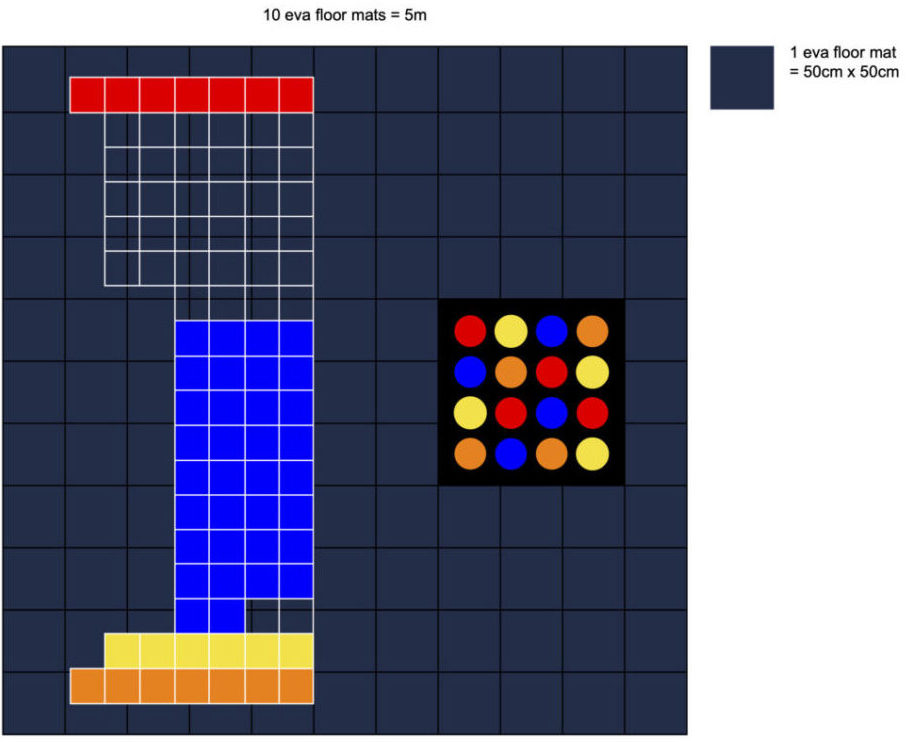
The tone of voice
A playful font and disproportional illustrations were used to set the tone of voice of this game. I wanted the threshold to be low so that people would engage and not be scared to participate, even if they did not know much about chemistry. The idea was to teach visitors about the Periodic Table without even realising that they were learning something new.
